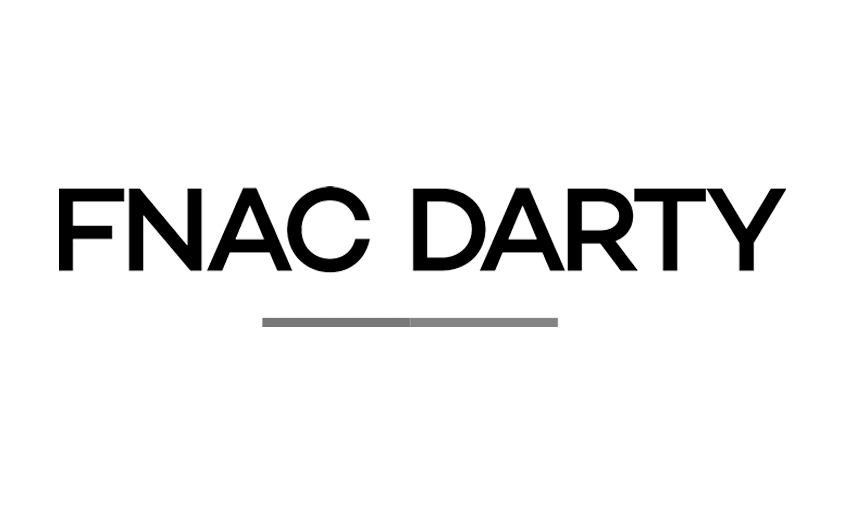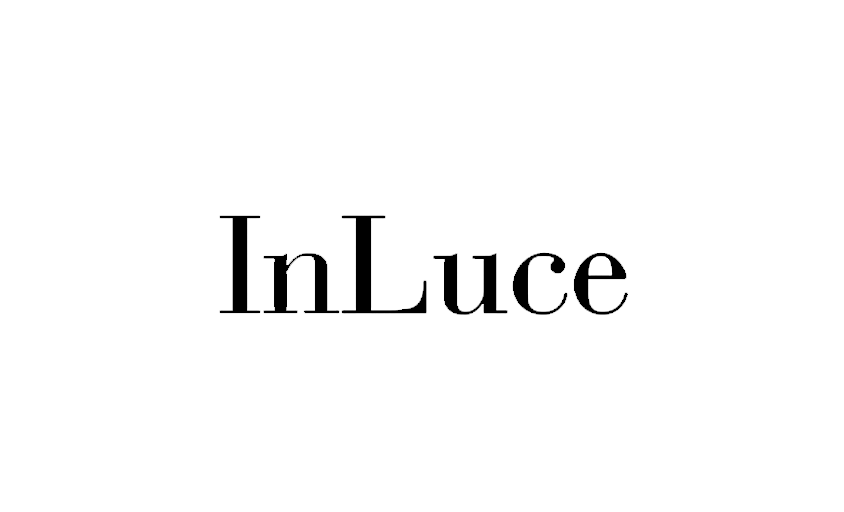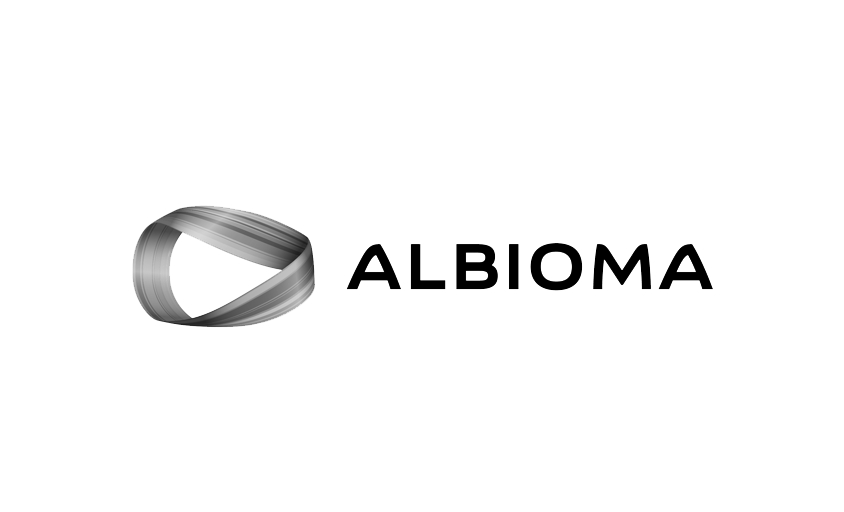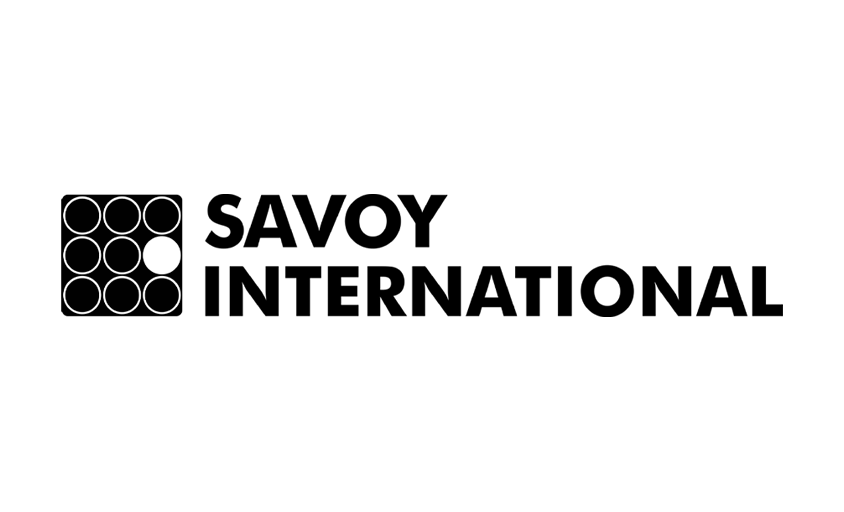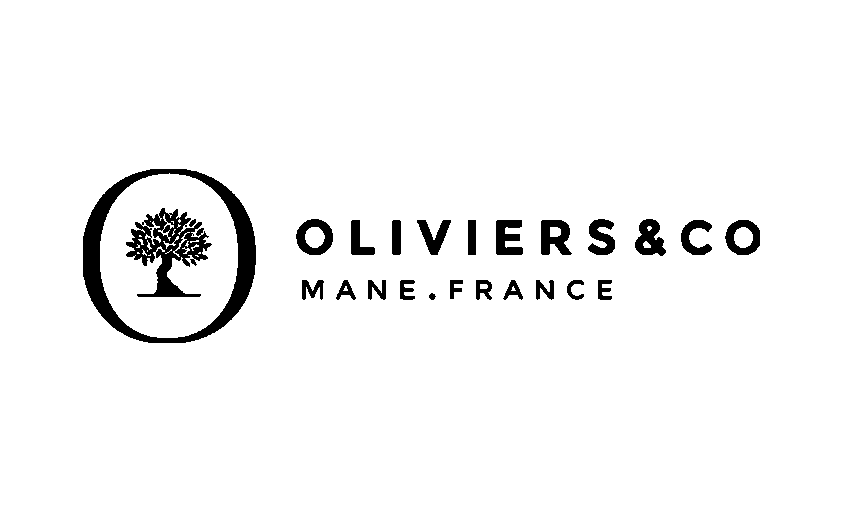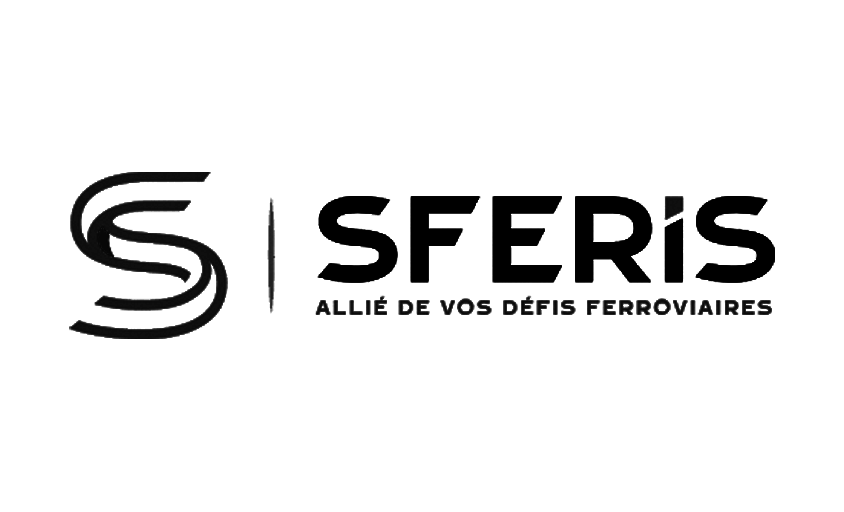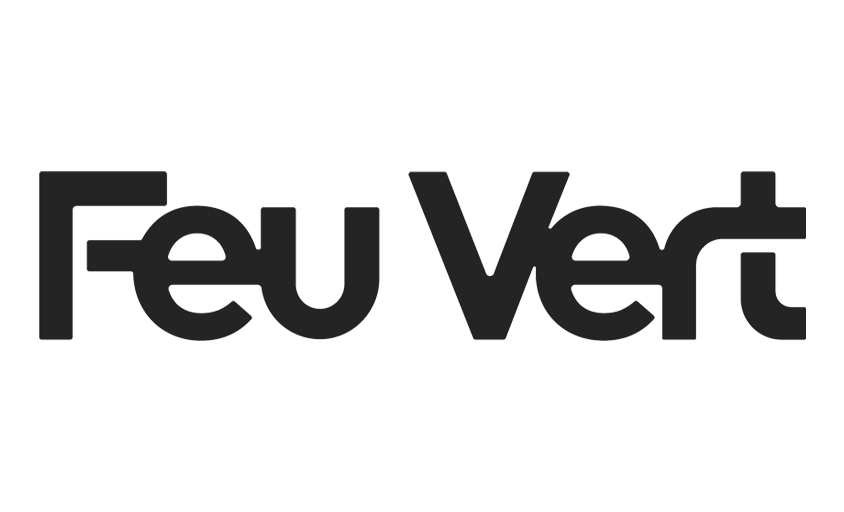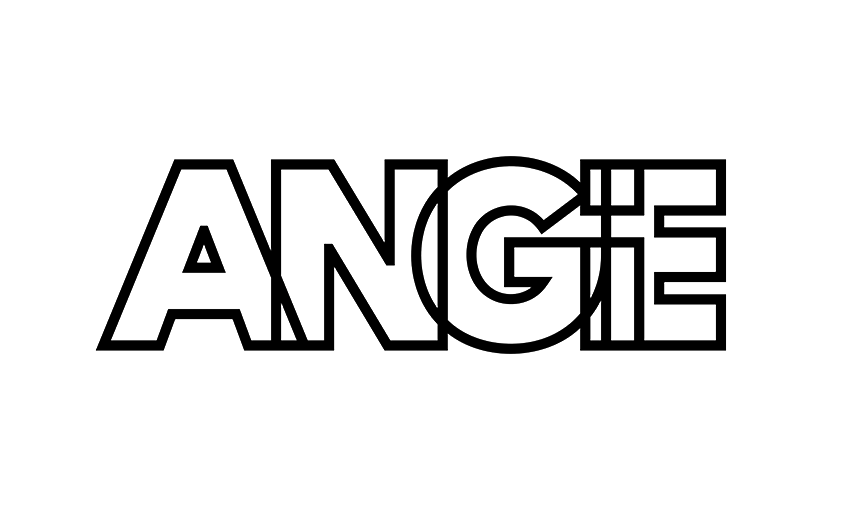How to Brief a Communication Agency?
In this article :
Collaborating with an agency doesn’t mean handing things off blindly. It’s about establishing a structured exchange, so ideas can take shape concretely, within the right timeframe, and using the right formats.
To guide you, you can download our dedicated communication agency brief template.
A well-crafted brief helps align the client’s expectations with the agency’s approach from the start. Without it, early conversations often go in circles, unclear goals, vague strategy, off-target deliverables, and so on.
- Anticipate misunderstandings: A communication agency works within multiple constraints, brand image, media strategy, print/digital variations, technical deliverables… Without clear information, it may rely on its own interpretation, which can stray far from your actual expectations.
- Avoid wasting time (and budget): The brief frames the mission from the outset: what you want to say, to whom, and how. Less time spent “catching up” or redirecting the project means more impact, delivered at the right moment.
- Create a shared foundation: A brief isn’t meant to lock everything down, but to provide a solid starting point. It shows the agency where the boundaries are, where they have creative freedom, and which elements need validation. This allows them to suggest relevant ideas without working blindly.
What an Agency Really Expects from a Brief
For an agency, a good brief is more than just a wish list. It’s a steering document that helps them understand the context, define a clear framework, and assign the right internal profiles (project manager, creative, strategist, etc.).
Here’s what an agency looks to extract from a well-structured brief:
- A clear vision of the project
What’s the starting point? What is the actual need to be addressed? A brand repositioning? A new product launch? A recruitment campaign? The brief should reflect the real business situation, not just marketing intentions.
- Measurable objectives
It’s not enough to say you want to “boost visibility.” You need to define what that means in practical terms: more website traffic? More job applications? Higher brand recall? The agency needs specific, measurable, and prioritized goals.
- A clear framework: deadlines, budget, level of autonomy
These points are often underestimated, yet they are crucial to shape the agency’s response:
-
- Deadlines: Is there a fixed date (trade show, product launch, legal milestone)?
- Budget: Even a ballpark figure helps guide the strategy.
- Autonomy: Should the agency take initiative or work within an existing framework?
- A clearly identified point of contact
A good brief clearly names the decision-maker, someone who can validate proposals and make key calls. Having multiple ambiguous contacts only delays the process and blurs priorities.
Essential Information to Include
You don’t need a 20-page document. An effective brief is concise, structured, and designed to be quickly actionable. Regardless of the format, here are the key elements an agency needs to find:
1. The overall context
A few lines are enough to set the stage:
- Who are you? (company structure, sector, background)
- What’s the current situation?
- What triggered the project?
A clear context helps the agency understand your real challenges, not just your surface-level needs.
2. The target audience
Who is the message aimed at?
- Internal or external? General public or professionals?
- A specific segment or a broad audience?
- What do they already know? What are they expecting? What might persuade them?
The clearer the target, the more relevant the messaging can be.
3. The core message (and key points to convey)
What do you want the audience to remember? This could be:
- A single, strong message
- A brand promise
- Or a message adapted by channel (social media, press, website…)
The agency needs strategic substance—not just catchy taglines.
4. Intended communication channels
Even if the agency supports you with the strategy, it helps to mention whether:
- Certain channels are essential (billboards, social media, video)
- Others are off-limits (due to constraints or strategic decisions)
- Or if you’re open to suggestions
5. Constraints to consider
Everything that must be respected:
- Brand guidelines or tone of voice
- Legal or contractual obligations
- Creative restrictions
- Pre-set internal timelines (committees, production, printing, etc.)
The Right Format: Written, Illustrated, and Open
An effective brief isn’t a locked PDF sent without context. It’s a clear, engaging, and interactive document that fosters dialogue, helps the agency ask the right questions, and enables them to propose tailored solutions.
Choose a structured, collaborative format
The format depends on your organization, but in all cases, it should allow the agency to:
- Quickly scan key information
- Easily access additional materials (brand guidelines, visuals, research, etc.)
- Add comments or questions if needed
Common formats include:
- A well-organized Google Doc with clear headings
- A short PDF (2 to 5 pages) if you prefer a static format
- A slide presentation (Google Slides or PowerPoint) if you’re briefing via video call
- A collaborative tool (Notion, Milanote, Figma, Canva Brief) if you already work with digital platforms
Add references or concrete examples
What you like, what you don’t want, what your competitors are doing right or wrong… Anything that limits interpretation is valuable. A few well-chosen links, screenshots, or visual references are often more effective than a long explanation.
Be concise without being vague
A good brief is straight to the point but doesn’t gloss over details. Avoid generic phrases (“it needs to be punchy, modern, viral…”): they don’t give the production team anything actionable to work with.
What to Avoid in an Agency Brief
Even with the best intentions, some briefs make collaboration harder than it needs to be. Here are the most common pitfalls to avoid:
❌ Vague or conflicting objectives
Saying you want “more visibility and more conversions” without prioritizing the two often leads to dead ends. An agency can address multiple goals, but it needs one clear, primary objective to guide its strategy.
❌ No awareness of constraints
When real limits (budget, timing, legal…) aren’t mentioned, the agency’s first recommendation is often off-target. A brief without constraints leads to false starts.
❌ Unaligned internal approvals
If several decision-makers are involved but don’t share the same vision, the project may stall. A brief should be supported by a clearly identified contact who can make decisions and represent the client’s voice.
❌ Too much jargon or vague language
“Create disruption among our targets with an engaging tone” isn’t actionable. A simple, direct brief rooted in your actual business context is far more effective.
In short:
A strong brief doesn’t restrict the creative process, it gives it a solid foundation. It enables the communication agency to bring in the right talent, craft a relevant response, and focus its efforts where they’ll have the most impact.
Need a concrete starting point? Download our communication agency brief template, designed to bring clarity and efficiency from the very first exchanges.
At Rétines, we work regularly with agencies: a well-prepared brief makes everything easier, from art direction to production and logistics. Less guesswork, more impact.
Jérémy Carlo is the editorial director at Rétines, where he ensures the consistency and clarity of all content produced by the studio.
Our Clients
Let’s discuss
What we do for you at Rétines
Meticulous work, an organised project and fast delivery. And to achieve this, we mobilise the right resources in our teams at the right time.
01
Pre-production
Artistic and technical direction tailored to the project.
Relevant recommendations on content, form and resources.
02
Photo Shooting
Photos taken by our experienced photographers.
Production that’s controlled, efficient and tailored to the needs of the project, with nothing superfluous.
03
Retouching
Technique
Photographs magnified by our retouching team.
Post-production to meet the commercial challenges of the brief.

